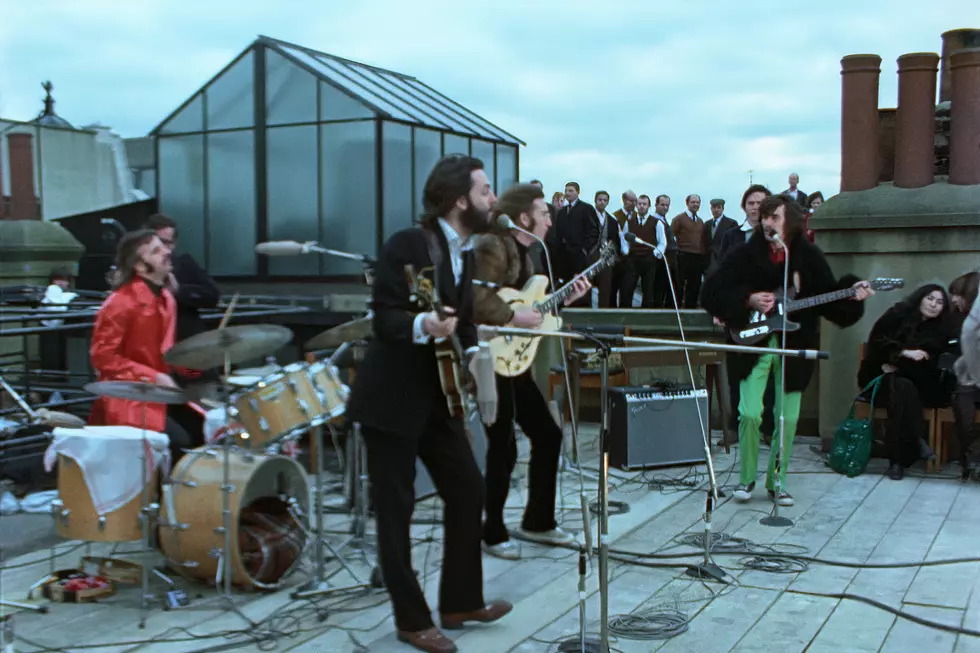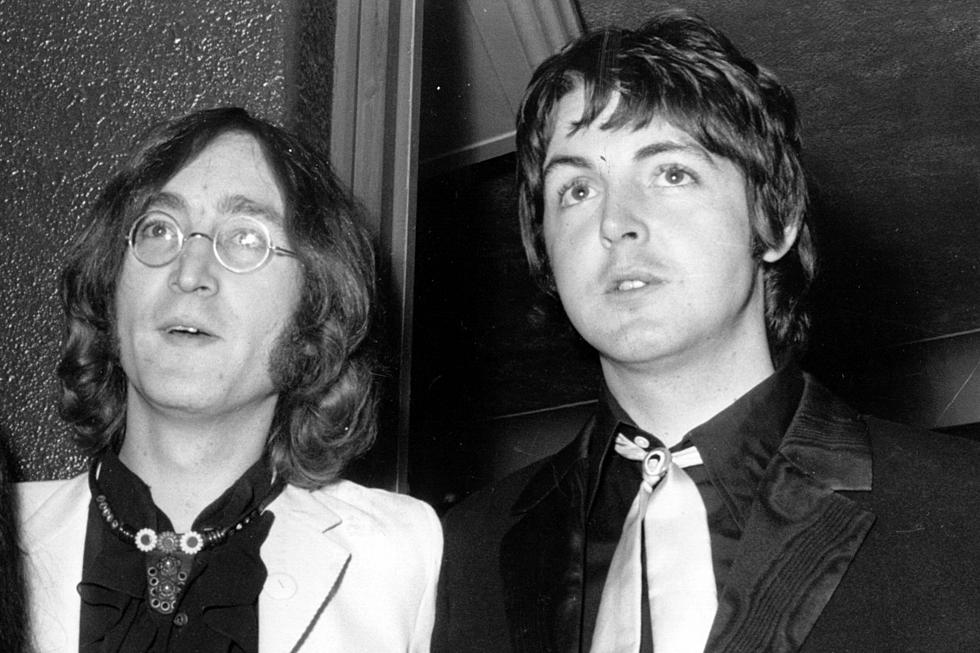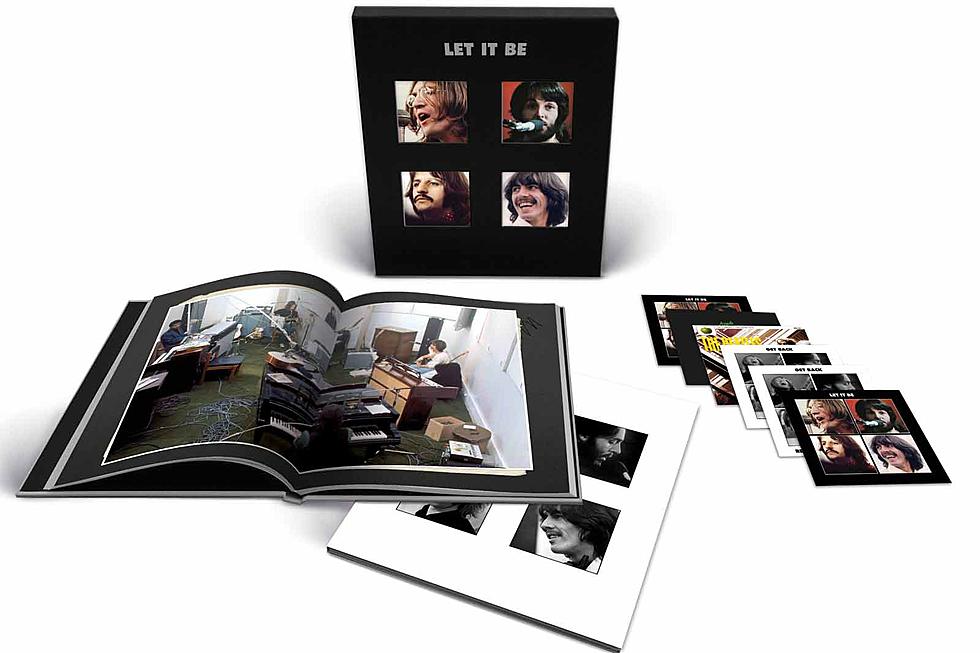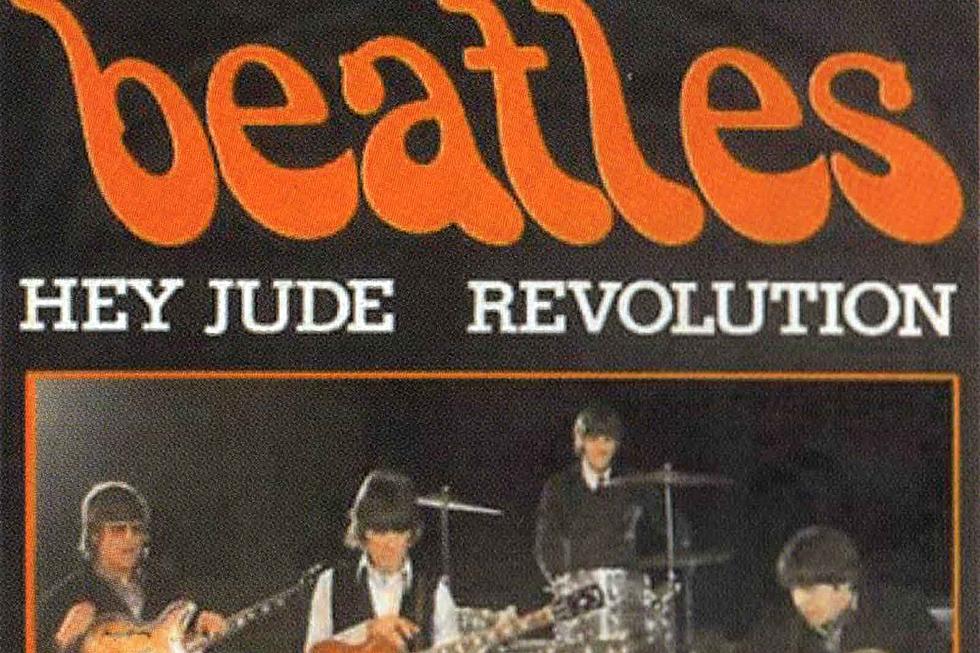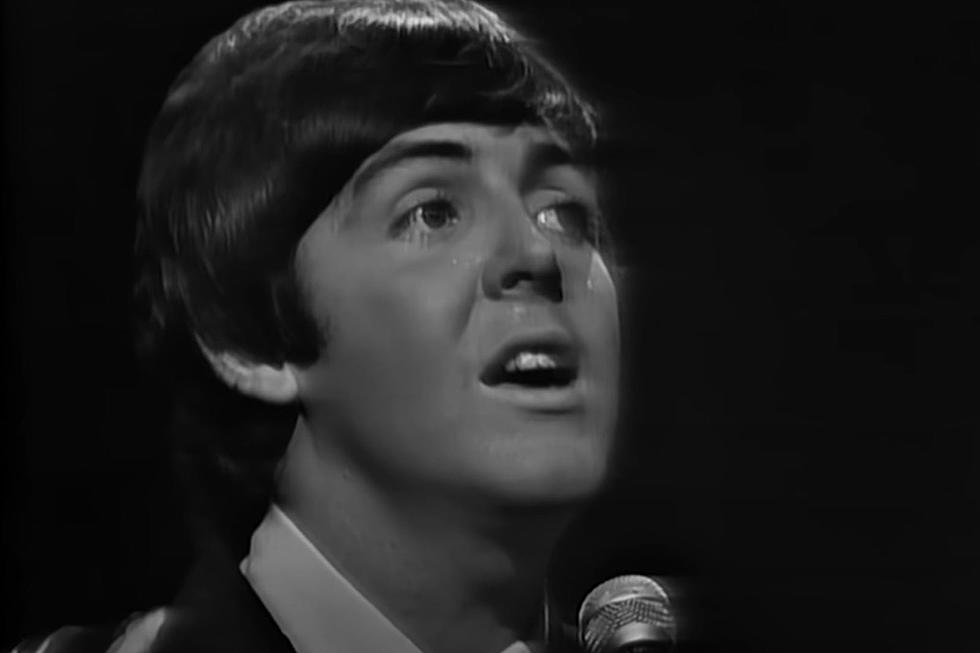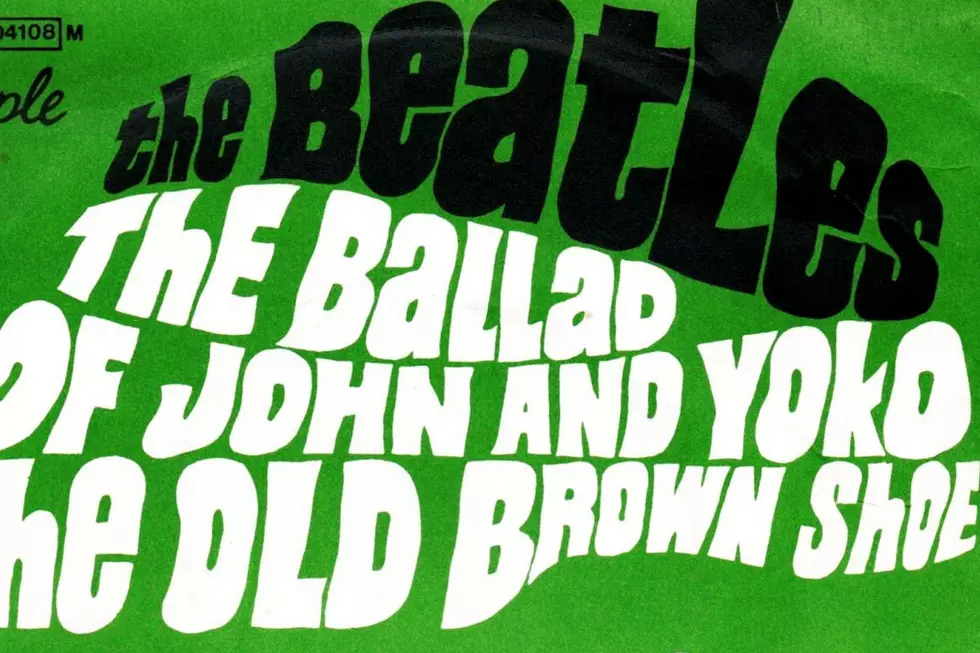
55 Years Ago: A John Lennon Song Heals the Beatles After ‘Let It Be’
George Martin used to quibble over whether "The Ballad of John and Yoko" was even a Beatles song. What's certain, however, is this: Without it, the group might never have rebounded from the crushing disappointment of Let It Be to complete Abbey Road.
"It was hardly a Beatle track," Martin said in Anthology. "It was a kind of thin end of the wedge, as far as they were concerned. John [Lennon] had already mentally left the group anyway, and I think that was just the beginning of it all."
Something happened on April 14, 1969, however, as Lennon and Paul McCartney worked feverishly to complete this new track: The scars from their most recent sessions began to heal. Martin was back at the helm, though he'd ultimately step aside for Phil Spector on Let It Be. Engineer Geoff Emerick also returned after having departed during sessions for 1968's White Album.
READ MORE: 20 Beatles Songs That John Lennon Hated
Neither George Harrison nor Ringo Starr took part. George was on vacation, while Ringo was still filming Magic Christian. But Harrison laughed it off. "I didn't mind not being on the record, because it was none of my business," he said in Anthology. "If it had been the 'The Ballad of John, George and Yoko,' then I would have been on it."
In their place, Lennon and McCartney improvised. McCartney played piano, bass, drums and maracas, while Lennon handled guitars and additional percussion. "John was in an impatient mood, so I was happy to help," McCartney told Barry Miles in Many Years From Now. "It's quite a good song; it has always surprised me how with just the two of us on it, it ended up sounding like the Beatles."
More importantly, it ended up feeling like the Beatles to these former warring factions. At one point, the guitar-wielding Lennon turned to a drumming McCartney and said, "Go a bit faster, Ringo." McCartney quipped, "OK, George!"
The beating heart at the center of the Beatles was whole again.
"The story came out that only Paul and I were on the record, but I wouldn't have bothered publicizing that," Lennon said in Anthology. "It doesn't mean anything; it just so happened that there were only us two there. George was abroad, and Ringo was on the film and he couldn't come that night. Because of that, it was a choice of either re-mixing or doing a new one – and you always go for doing a new one instead of fiddling about with an old one. So we did, and it turned out well."
'Ballad of John and Yoko' Was Finished in a Day
Everything unfolded in a single afternoon. Lennon brought the still-unfinished song over to McCartney's London home on April 14, then they headed off to Abbey Road's Studio Three at around 2:30PM. By 9, they were done.
"'The Ballad of John and Yoko' was a very fast session," Emerick says in Mark Lewisohn's The Complete Beatles Recording Sessions. "It was a really good record too, helped by Paul's great drumming and the speed in which they did it all."
The sessions concluded a whirlwind period for Lennon, who began tracing out the song's narrative while still on a honeymoon in Paris. He wanted to chronicle his March marriage to Yoko Ono in Gibraltar and a series of public events that followed, including a "bed-in" at the Amsterdam Hilton. And he wanted to do it while the ink was still drying on all of the headlines that followed.
READ MORE: Top 10 Beatles Guitar Solos Not By George Harrison
"It was very romantic. It's all in the song, 'The Ballad of John and Yoko,'" Lennon told Rolling Stone in 1970. "If you want to know how it happened, it's in there. Gibraltar was like a little sunny dream. I couldn't find a white suit; I had sort of off-white corduroy trousers and a white jacket. Yoko had all white on."
Meanwhile, many in the media had an unintentionally hilarious misconception about what might happen at their hotel-room peace demonstrations, and whispers concerning Yoko's role in supposedly separating Lennon from the Beatles were already circulating. "The Ballad of John and Yoko" makes clear, however, how strong the camaraderie remained between Lennon and McCartney.
Listen to the Beatles' 'Ballad of John and Yoko'
The Last Beatles No. 1 UK Single
"The press came expecting to see us fucking in bed," Lennon told Rolling Stone. "We were just sitting in our pajamas saying, 'Peace, brother.'" Ono later admitted: "We were having a very hard time, but he made [the song] into a comedy rather than a tragedy."
That included returning to a tune from the Beatles' youth, as Lennon added a Spanish-inflected guitar flourish at the end which recalled Johnny Burnette's 1956 hit "Lonesome Tears in My Eyes." He and McCartney covered the song in the group's early years, as heard on Live at the BBC.
Their new single was released in the U.K. a little over six weeks later, on May 30, 1969 – so quickly that the Beatles "Get Back" was still at No. 1. Paired with George Harrison's Let It Be leftover "Old Brown Shoe," "The Ballad of John and Yoko" topped the U.K. charts for three weeks, becoming a Top 10 hit in America, as well. The Beatles never had another No. 1 U.K. single.
In a way, Martin was right: The track also set a recording and sound template for his first solo album after the Beatles' eventual split, 1970's Plastic Ono Band. But first, "The Ballad of John and Yoko" opened the door for a final collaborative moment with one another – and the Beatles' best-selling album worldwide. They began focusing on Abbey Road a few weeks later.
"Let It Be was such an unhappy record, even though there are some great songs on it, that I really believed that was the end of the Beatles – and I assumed that I would never work with them again," George Martin told Lewisohn in The Complete Beatles Recording Sessions. "I thought, 'What a shame to end like this.' So, I was quite surprised when Paul rang me up and said, 'We're going to make another record – would you like to produce it?'"
The Stories Behind Every Beatles LP Cover
Gallery Credit: Nick DeRiso
See the Beatles in Rock’s Craziest Conspiracy Theories
More From Awesome 98
